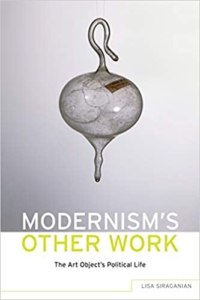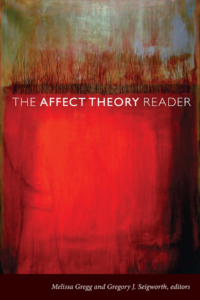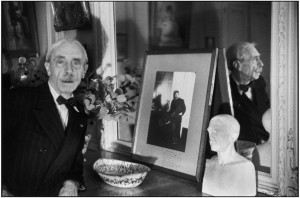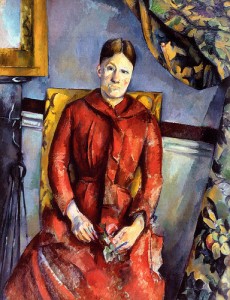
What Do We Mean by Autonomy?
A review of Lisa Siraganian, Modernism’s Other Work: The Art Object’s Political Life. Oxford University Press, 2012.

A review of Lisa Siraganian, Modernism’s Other Work: The Art Object’s Political Life. Oxford University Press, 2012.

Video from talk given at Publishing and the PhD, Institute of Fine Arts, New York University, October 18.

In one of his last interviews Michel Foucault famously said “As far as I’m concerned, Marx doesn’t exist.” What he meant was that “Marx” as an author was something largely fabricated from concepts borrowed from the eighteenth century, in particular the writings of David Ricardo. From Ricardo he derived his most crucial idea: the labor theory of value. As Clune explains, neoliberalism has made that theory obsolete and with it, Marxist analysis. For Foucault there were several Marxisms in Marx.

The battle that Marx fought against “milieu theory” was against the idea that culture determined consciousness. His great achievement was to see that economics was not a matter of culture but of exploitation. Which is to say Adorno’s emphasis on domination and difference (how bourgeois culture shapes being), rather than exploitation and the proletariat, is pre-Marxist in orientation.

Affects are, Berlant insists, “radically private, and pretty uncoded,” and like the fetishized commodity, they make their dazzling appearance with the labor behind them obscured. These private experiences are in fact beyond analysis—an affect, after all, “is just a fact.”

Marie Claire and affect theory; Gombrich and neoliberalism; reparations for the ugly and the continuing hold of Degenerate art.

Poet and critic Paul Valéry held two strong and conflicting views of literary meaning. On the one hand, he affirmed his “verses have whatever meaning is given them.” And in a phrase that entered into the post-modern literary canon, he declared “Once a work is published its author’s interpretation of it has no more validity than anyone else’s.” On the other hand, he suggested that “One is led to a form by a desire to leave the smallest possible share to the reader.” Valéry’s career can be divided along these lines of anti-intentionality and intentionality. My larger claim is to show the primacy, or perhaps the invention of a dominant mode of twentieth- and twenty-first century thought.

If the agency of color replaces the agency of the artist or the sitter, then what the portraits of Hortense show is a liveliness more animate than any mimetic representation could produce. Indeed, Sidlauskas’s account focuses in detail on Cézanne’s “metaphors of ingestion,” of his “physically absorbing” colors, and of the total identification between the painter and his subjects. Above all, Gasquet provides a vitalist language that best captures Cézanne’s affective forms…

nonsite.org is an online, open access, peer-reviewed quarterly journal of scholarship in the arts and humanities. nonsite.org is affiliated with Emory College of Arts and Sciences.